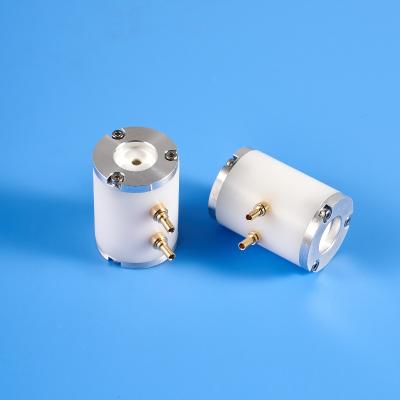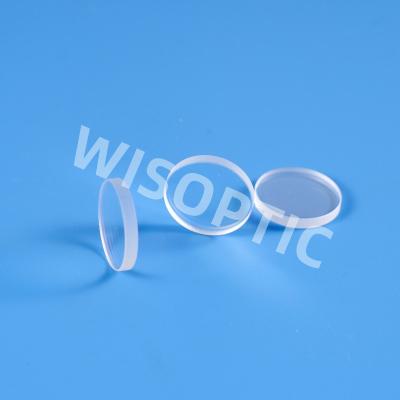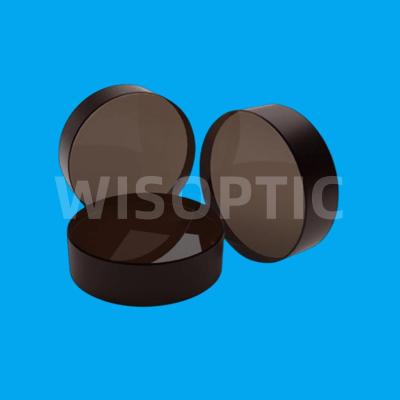Tracking and understanding laser damage events in optics - Part 12
3.4 Laser pretreatment of DKDP component
The laser-damaged precursor of DKDP crystals (provided by WISOPTIC) is in the material body, so it is different from the removal of surface nodule defects in dielectric films. Laser pretreatment cannot remove the precursors in the body, but can only reduce the thermodynamic response of the precursors under laser radiation by improving their absorption intensity. There are still different opinions on this mechanism. LLNL in the United States believes that laser pretreatment reduces the nonlinear absorption of DKDP crystals, but has no effect on thermal absorption; and our experiments show that laser pretreatment can reduce both, and the sub-nanosecond laser pretreatment has a better suppression effect on the nonlinear absorption.
We have carried out systematic research on the sub-nanosecond laser pretreatment process of medium-caliber (200 mm) DKDP crystals. By optimizing the pulse width and time waveform, the process was optimized and determined. By using 500 ps laser pretreatment, the zero-probability damage threshold of DKDP crystal samples can be increased by a maximum of one time, and the best result of greater than 21.6 J/cm2 (3ω, 3 ns) was obtained for the first time in China, as shown in Figure 18 (sample 1). In Fig. 18, the black bars represent the zero-probability damage threshold of unpretreated DKDP crystals, the red bars represent the data of the pretreated DKDP samples, the blue column represents the functional damage threshold of the pretreated DKDP crystals. If the laser damage resistance evaluation system for functional damage is adopted, and the optical transmittance of the treated sample is allowed to decrease within 0.1%, the functional damage threshold will reach 26 J/cm2 (3ω, 3 ns) .
Conclusion
Starting from the microscopic defects that absorb laser energy and the precursors of nanoscale laser damage in optical components, by analyzing the cause of the formation of nodular defects in the dielectric film and understanding the thermal response process of induced damage, the methods of coating that inhibits the formation of nodular defects is determined and a set of systematic analysis methods and solutions for optically resolvable microscopic defects is formed. For nanoscale laser damage precursors, although they cannot be directly observed, their formation can be regulated by combining with special material growth processes (such as aqueous solution growth of KDP crystal). We can get the scale and absorption characteristics of nanoscale laser-damaged precursors in combination with simulation, but we do not yet have the capacity to analyze nanoscale laser-damaged precursors in all materials. There is still a lack of direct research methods for understanding, and currently we can only rely on thermodynamic simulation to invert and guess the characteristics of these precursors. Nanoscale laser damage precursors are the main bottleneck affecting the application of optical materials in the ultraviolet band or picosecond-scale short pulses. The related nanoscopic detection technology and ps-level damage dynamics research will be the key to understanding and breaking through this problem.



